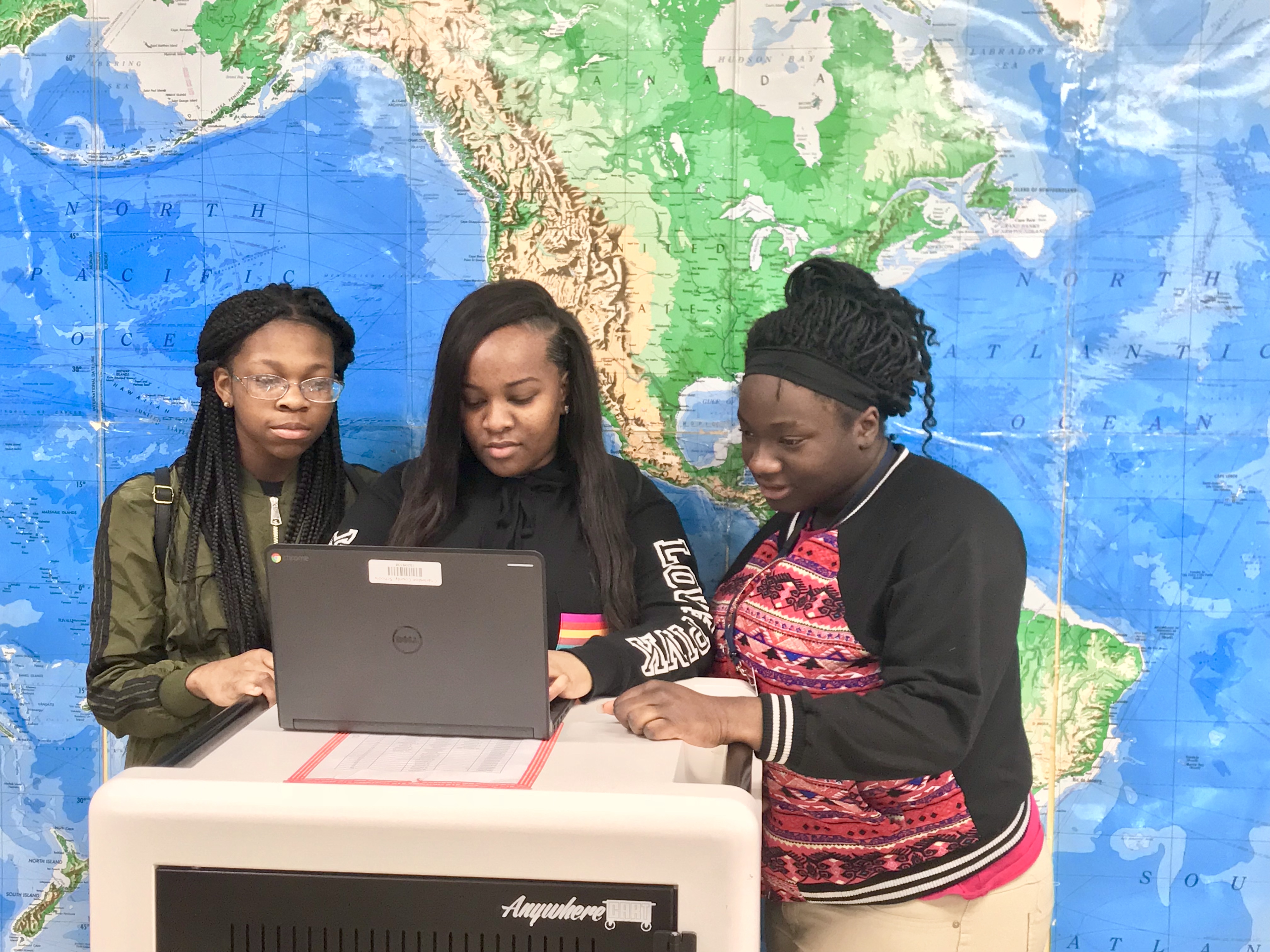Lesson Overview
Using the first inauguration of Franklin D. Roosevelt as context, learn to critically analyze primary and secondary sources.
Objectives
- Distinguish between primary and secondary sources
- Be able to critically analyze sources for bias and objectivity
- Understand the strengths and weaknesses of primary and secondary sources
Grade(s):
Subject(s):
Recommended Technology:
Other Instructional Materials or Notes:
You need to be logged in to see this lesson. Create an account now; it's quick, easy, and free!
Log In to View LessonYou need to be logged in to see this lesson. Create an account now; it's quick, easy, and free!
Log In to View LessonStandards
- USHC-6 The student will demonstrate an understanding of the conflict between traditionalism and progressivism in the 1920s and the economic collapse and the political response to the economic crisis in the 1930s.
- RI.MC Meaning and Context
- RI.MC.5 Determine meaning and develop logical interpretations by making predictions, inferring, drawing conclusions, analyzing, synthesizing, providing evidence and investigating multiple interpretations.
- RI.MC.7 Research events, topics, ideas, or concepts through multiple media, formats, and in visual, auditory, and kinesthetic modalities.
- RI.LCS.11 Analyze and critique how the author uses structures in print and multimedia texts to craft informational and argument writing.
- W.MCC Meaning, Context, and Craft
- C Communication
- C.MC Meaning and Context
- C.MC.2 Articulate ideas, claims, and perspectives in a logical sequence using information, findings, and credible evidence from sources.
- C.MC.3 Communicate information through strategic use of multiple modalities and multimedia to enrich understanding when presenting ideas and information.
- C.MC.3.1 Analyze how context influences choice of communication, and employ the appropriate mode for presenting ideas in a given situation.
- C.MC.3.2 Construct engaging visual and/or multimedia presentations using a variety of media forms to enhance understanding of findings, reasoning, and evidence for diverse audiences.
- C.MC Meaning and Context
You need to be logged in to see this lesson. Create an account now; it's quick, easy, and free!
Log In to View Lesson
Critically Analyze and Understand Primary/ Secondary Resources using FDR’s 1933 Inauguration
School: North Charleston High School
Grade(s): Higher Education
Students successfully used the first inauguration of Franklin D. Roosevelt to critically analyze primary and secondary sources. The students were able to critically analyze sources for bias and objectivity and to understand the strengths and weaknesses of primary and secondary sources. Through the use of personalized learning, students were able to create either a chart, visual presentation, or audio narrative to analyze their findings.Lesson Feedback
Lesson Created By: Kelly Hogan Kinard - Edited by Lisa Ray and Lewis Huffman
Lesson Partners: The Belle W. Baruch Foundation, ETV Education